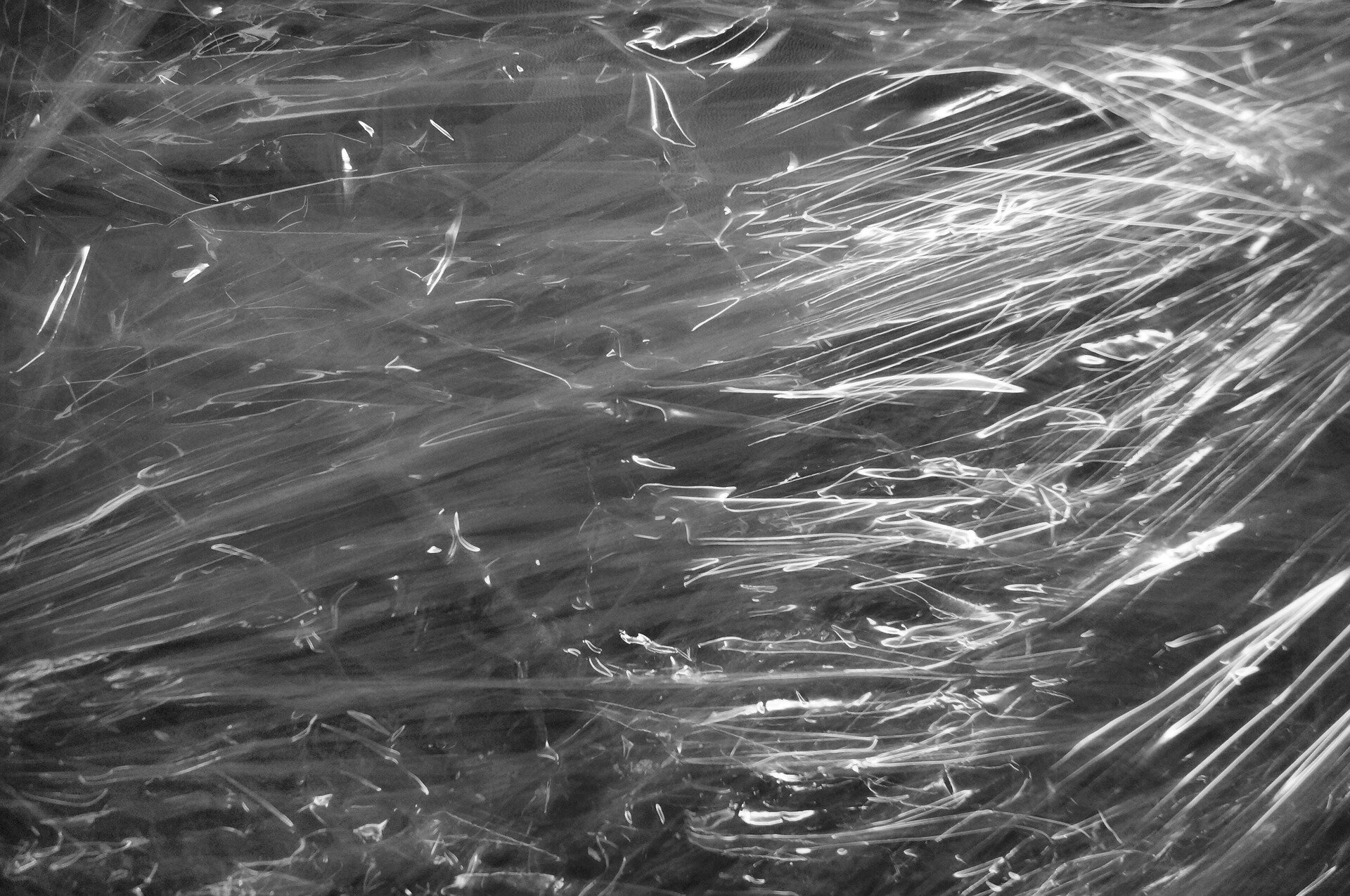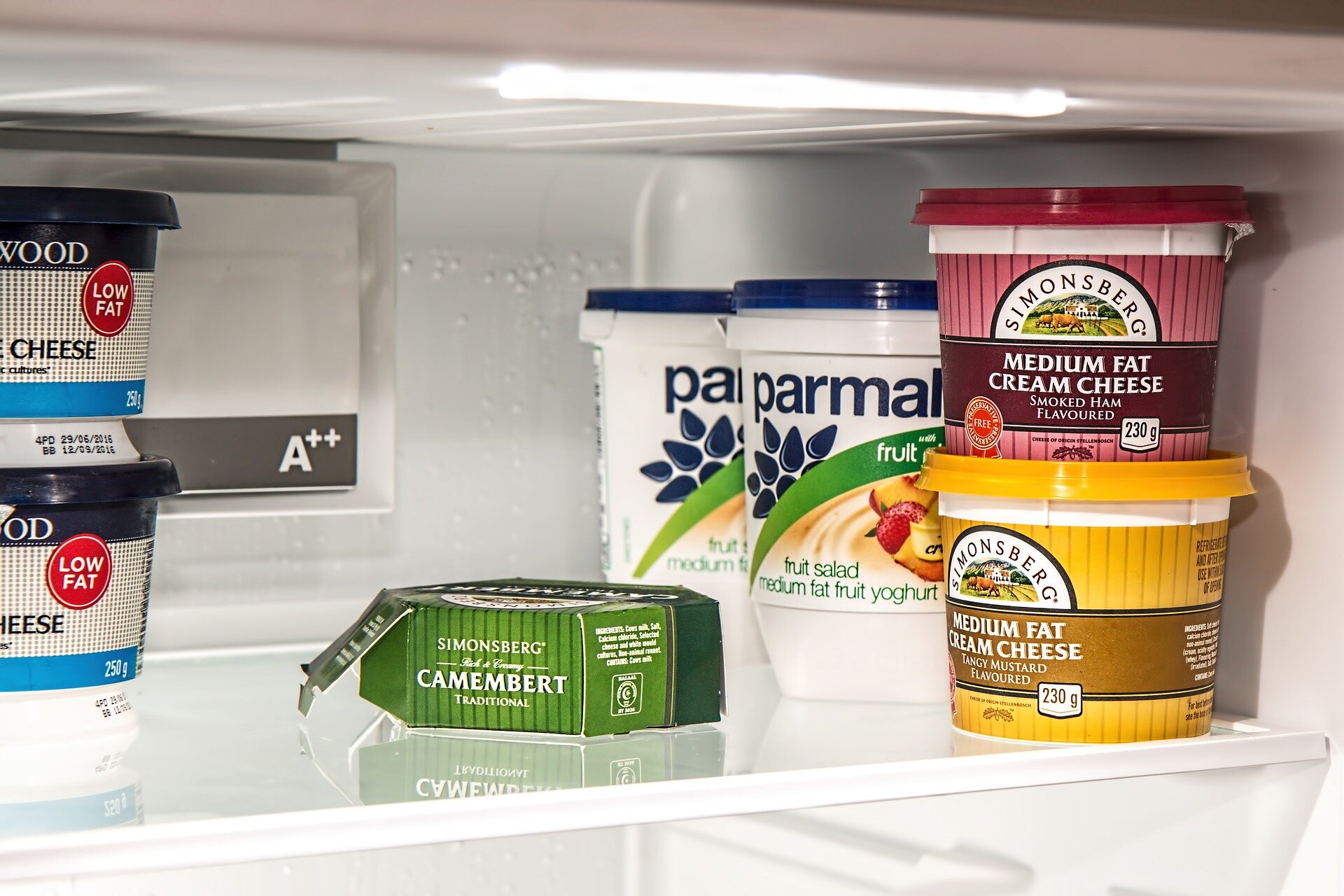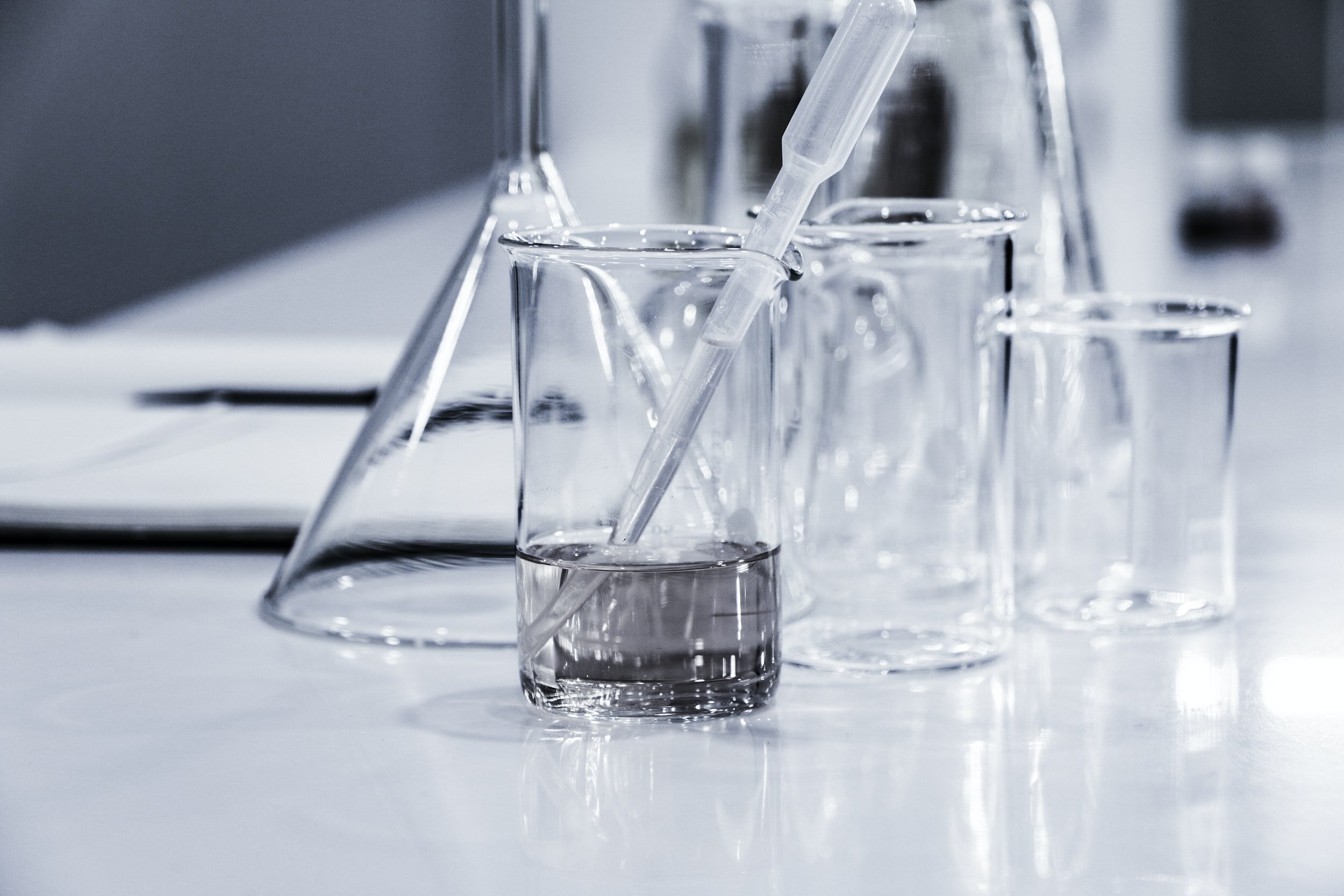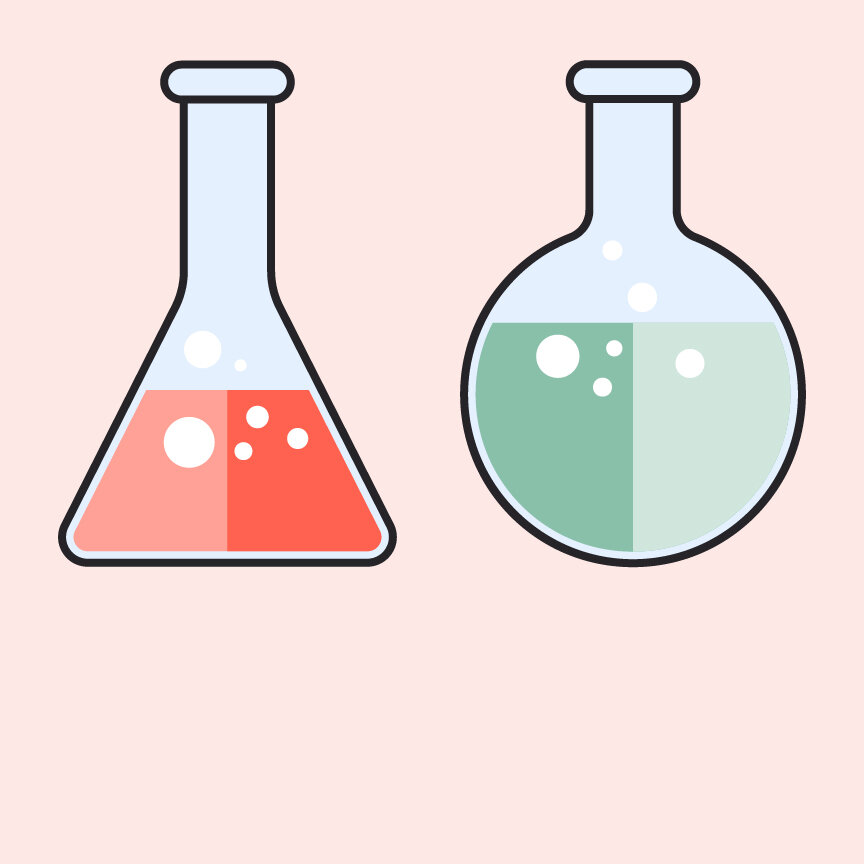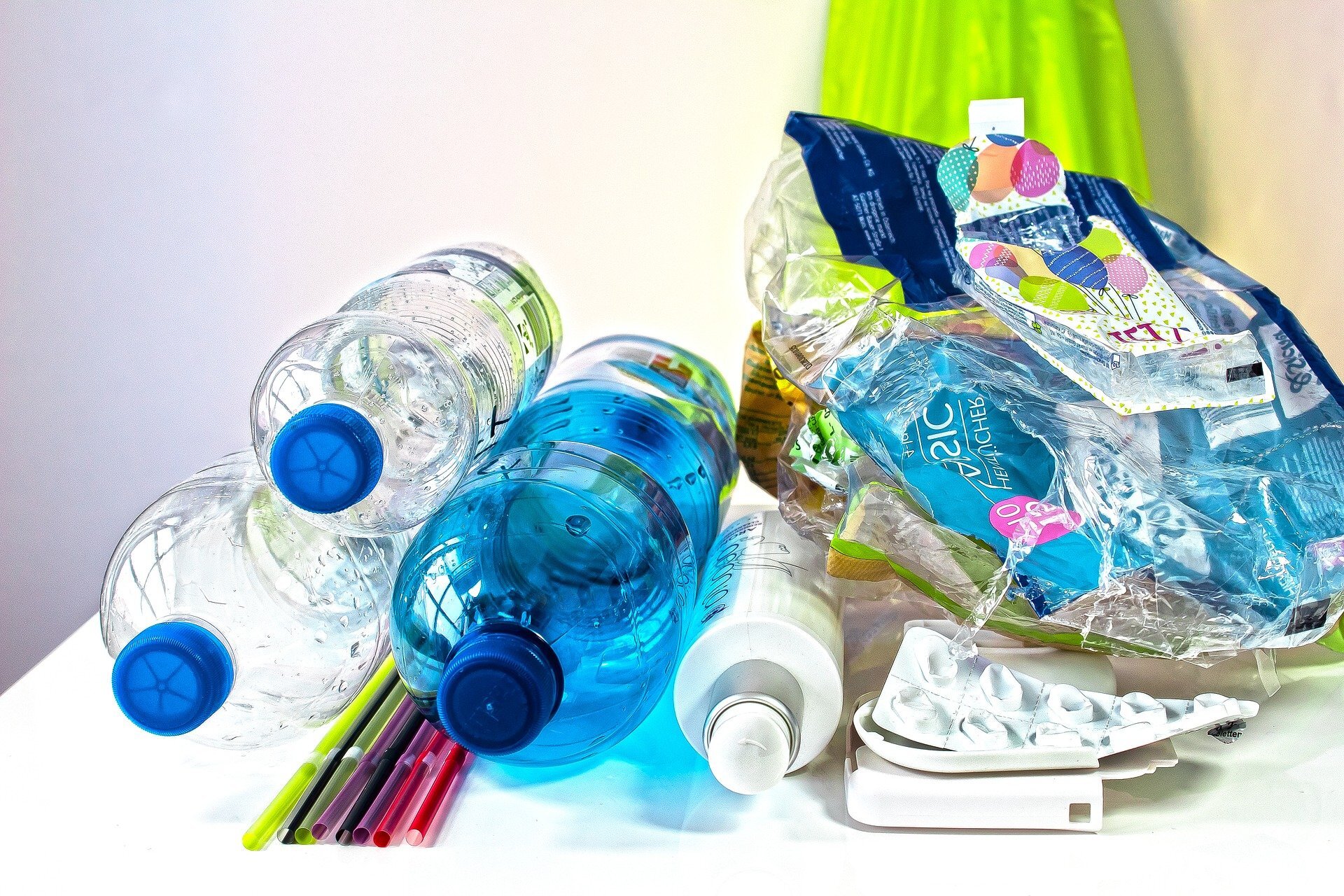
Glossary of Terms & Priority Chemicals of Concern
Food packaging terminology
Food Contact Material (FCM)
All materials intended to come into contact with food, such as packaging and containers, kitchen equipment, cutlery and dishes. These can be made from a variety of materials including plastics, rubber, paper and metal. They also include materials used in processing equipment, such as coffee makers or production machinery as well as containers used for transport. FCMs are made with the FCS and (usually) other substances. They are often (but not necessarily) a mixture, such as an antioxidant in a polymer. The composition may be variable.
Food Contact Article (FCA)
The finished film, bottle, dough hook, tray, or whatever that is formed out of the FCM.
Food Contact Substance (FCS)
In the U.S. means any substance that is intended for use as a component of materials used in manufacturing, packing, packaging , transporting, or holding food if such use of the substance is not intended to have any technical effect in such food. The Food Contact Substance is a single substance, such as a polymer or an antioxidant in a polymer. As a substance, it is reasonably pure (the Chemist's definition of substance). Even though a polymer may be composed of several monomers, it still has a well-defined composition.
Food Additive
Any substance the intended use of which results or may reasonably be expected to result, directly or indirectly, in its becoming a component or otherwise affecting the characteristics of any food, including any substance intended for use in producing, manufacturing, packing, processing, preparing, treating, packaging , transporting, or holding food; and radiation sources. Exceptions include GRAS substances, a pesticide chemical residue, a pesticide chemical; a color additive; any substance used prior to September 6, 1958, a new animal drug; or or intended for use in a dietary supplement. Food additives include “indirect food additives” or “food contact substances” and thousands of substances used in food packaging and on the equipment used for processing and storing food.
1. Direct Food Additives – additives that are added to a food for a specific purpose are known as direct additives. For example, the low calorie sweetener, aspartame, is a direct additive that is added to puddings, soft drinks, yogurt, and many other foods. Direct additives are identified on a food's ingredient label.
2. Indirect Food Additives – in general, these are food additives that come into contact with food as part of packaging, holding, or processing, but are not intended to be added directly to, become a component, or have a technical effect in or on the food. In the U.S., these include adhesives and components of coatings, paper and paperboard components, polymers, and adjuvants and production aids.
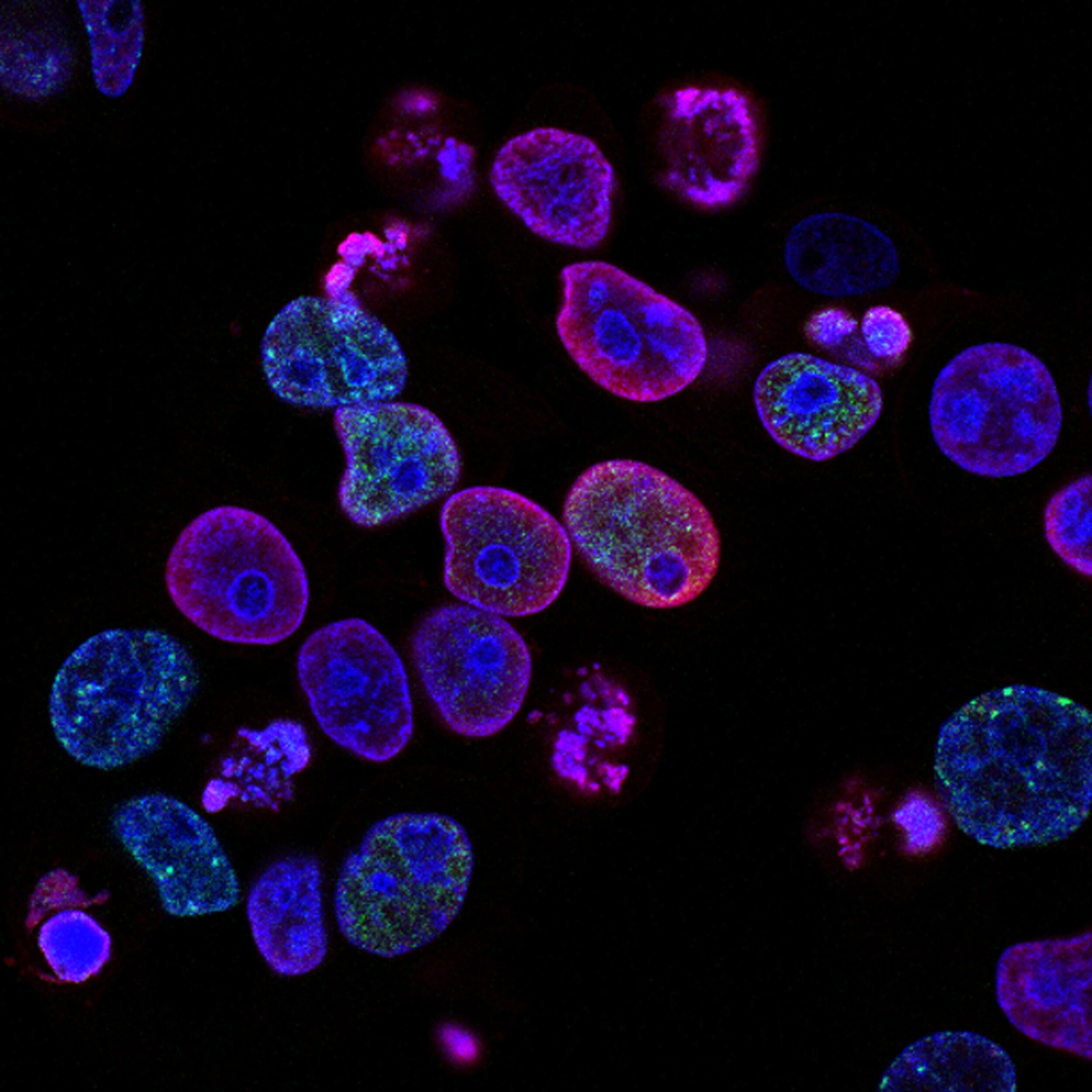
Endocrine disrupting chemicals
Chemicals that can interfere with endocrine (or hormone) systems. These disruptions can cause cancerous tumors, birth defects, and other developmental disorders. Some chemicals mimic a natural hormone, fooling the body into over-responding to the stimulus (e.g., a growth hormone that results in increased muscle mass), or responding at inappropriate times (e.g., producing insulin when it is not needed). Other endocrine disruptors block the effects of a hormone from certain receptors (e.g. growth hormones required for normal development). Still others directly stimulate or inhibit the endocrine system and cause overproduction or underproduction of hormones (e.g. an over or underactive thyroid). They can vary at very low doses.
GRAS
An acronym for Generally Recognized As Safe. Regulated in the U.S. by the Food and Drug Administration, GRAS substances are a form of self determination of safety in which the manufacturer determines that the chemical would be considered safe according to standards of the scientific community, using no information needs to be submitted to the FDA regarding the use or existence of the chemical, or the basis of the GRAS determination of safety.
Intentionally Added Food Substances
Substances intentionally added to food for a technological purpose in the manufacture, processing , preparation, treatment, packaging , transport or storage of such food.
Non-Intentionally Added Substances
Substances whose presence may reasonably be expected to result in them becoming a component of food, even if the manufacturer does use then intentionally. These can include thousands of substances used in food packaging and on the equipment used for processing and storing food.
Monomer
A molecule that can be bonded to other identical molecules to form a polymer.
Oligomer
A polymer whose molecules consist of relatively few repeating units, more than 1 less than 10.
Polymer
A substance that has a molecular structure consisting chiefly or entirely of a large number of similar monomers bonded together, e.g., many synthethic organic materials used as plastics and resins.
Thermoset Plastics
A polymer that solidifies or “sets” irreversibly when heated. They are useful for their durability and strength, and are therefore used primarily in automobiles and construction applications. Other uses are adhesives, inks, and coatings. Examples: polyurethane, melamine, or formaldehyde resin.
Thermoplastics
A polymer in which the molecules are held together by weak bonds, creating plastics that soften when exposed to heat and return to their original condition at room temperature. Thermoplastics can easily be shaped and molded into products such as milk jugs, floor coverings, credit cards, and carpet fibers.

